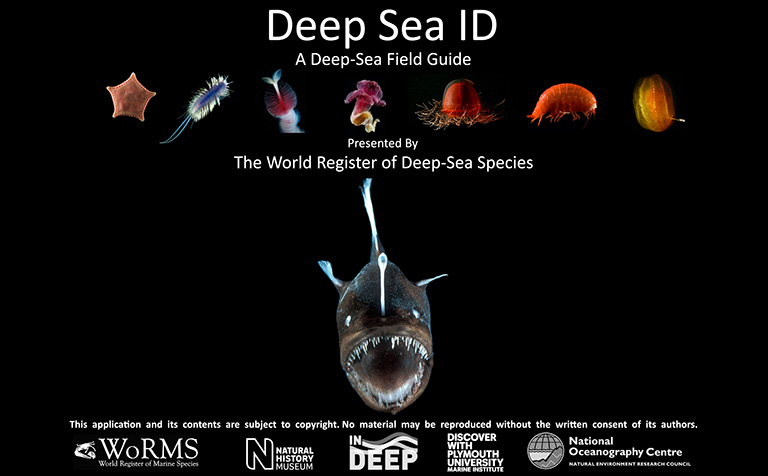Deep Sea ID: an app from the World Register of Deep-Sea Species
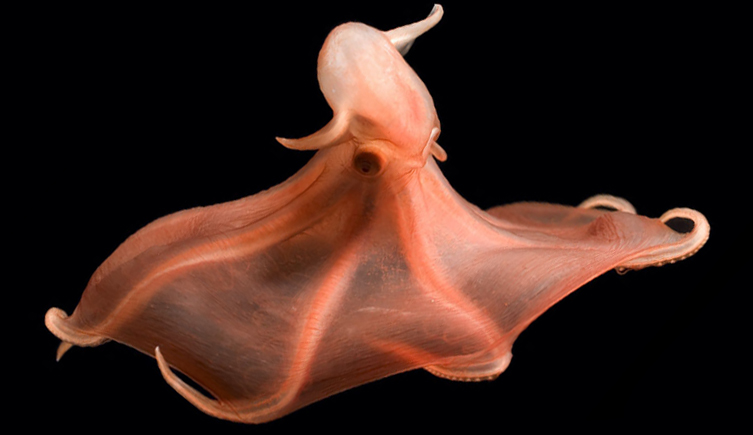
The app provides taxonomic data and images of deep-sea species, such as this glowing sucker octopus (Stauroteuthis syrtensis). © David Shale.
Project summary
- Focus: Creating a simple, photographic guide to deep-sea fauna to improve identifications in the field
- Funding: International Network for the Scientific Investigation of Deep-sea Ecosystems (INDEEP)
We are part of the World Register of Marine Species (WoRMS), and we contribute to the World Register of Deep-Sea Species (WoRDSS).
WoRDSS is an internet database of taxonomic information on marine species that launched in December 2012.
We have now created an app, Deep-Sea ID, to work alongside WoRDSS. Deep-Sea ID gives offline access to information on more than 25,000 deep-sea species and a collection of more than 350 high-resolution images.
Deep-Sea ID was the first app developed by the Museum's Science Group, and has been downloaded over 30,000 times.
Watch the Deep Sea ID app in action
Deep-sea systematics and ecology research group
- Group overview
- Antarctic marine biodiversity and climate change
- Deep Sea ID - an app from the World Register of Deep-Sea Species
- Biodiversity in deep-sea mining exploration areas
- REX - the remotely operated vehicle for education and exploration
- Systematics and ecology of deep-sea chemosynthetic ecosystems
Funded by

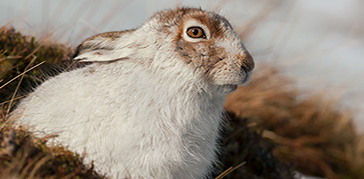
UK biodiversity research
We are creating molecular and digital tools to explore undiscovered biodiversity.
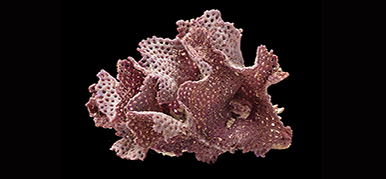
Invertebrate research
Our scientists are investigating the taxonomy, systematics and biodiversity of groups of invertebrates.
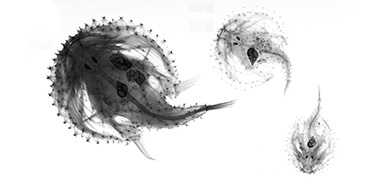
Zoology collections
Our zoology collection has 29 million animal specimens and is rich in voucher, type and historical specimens.
